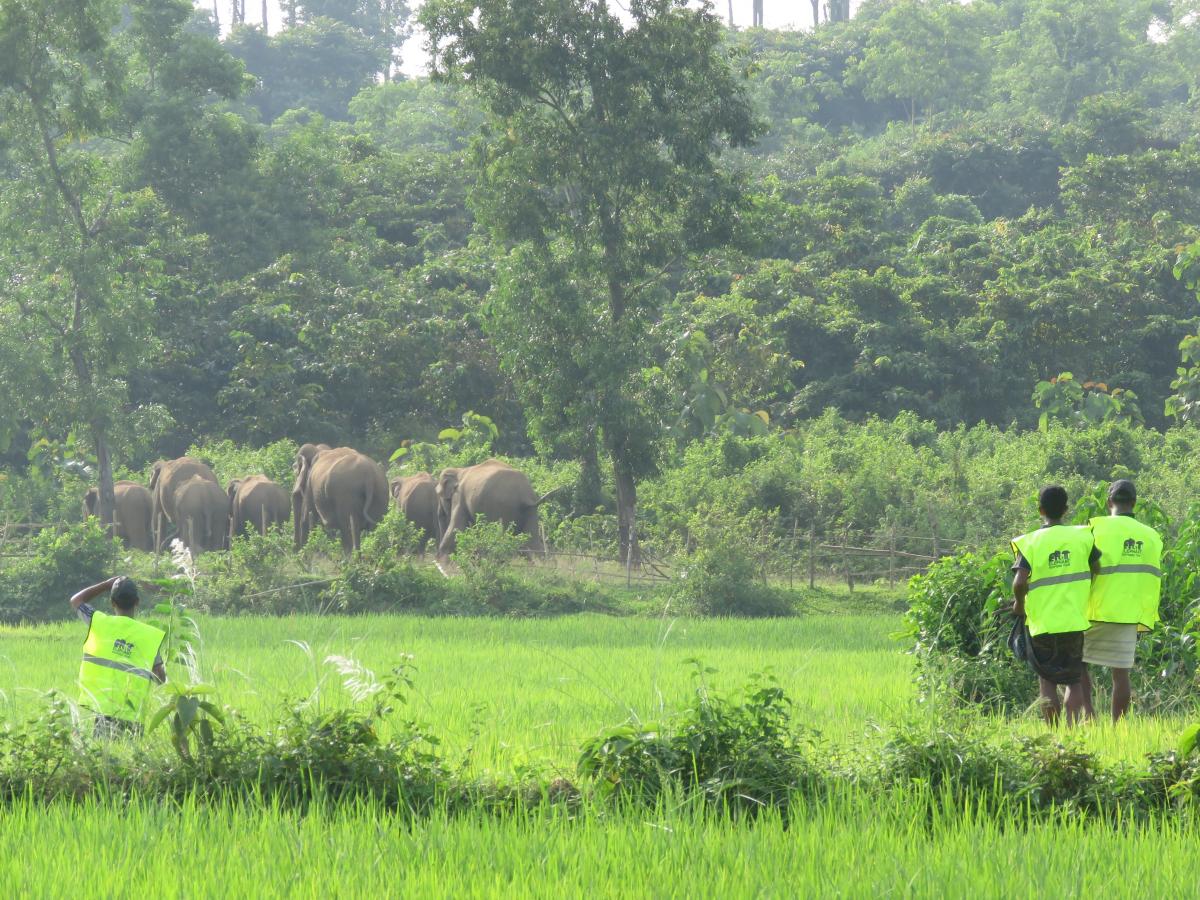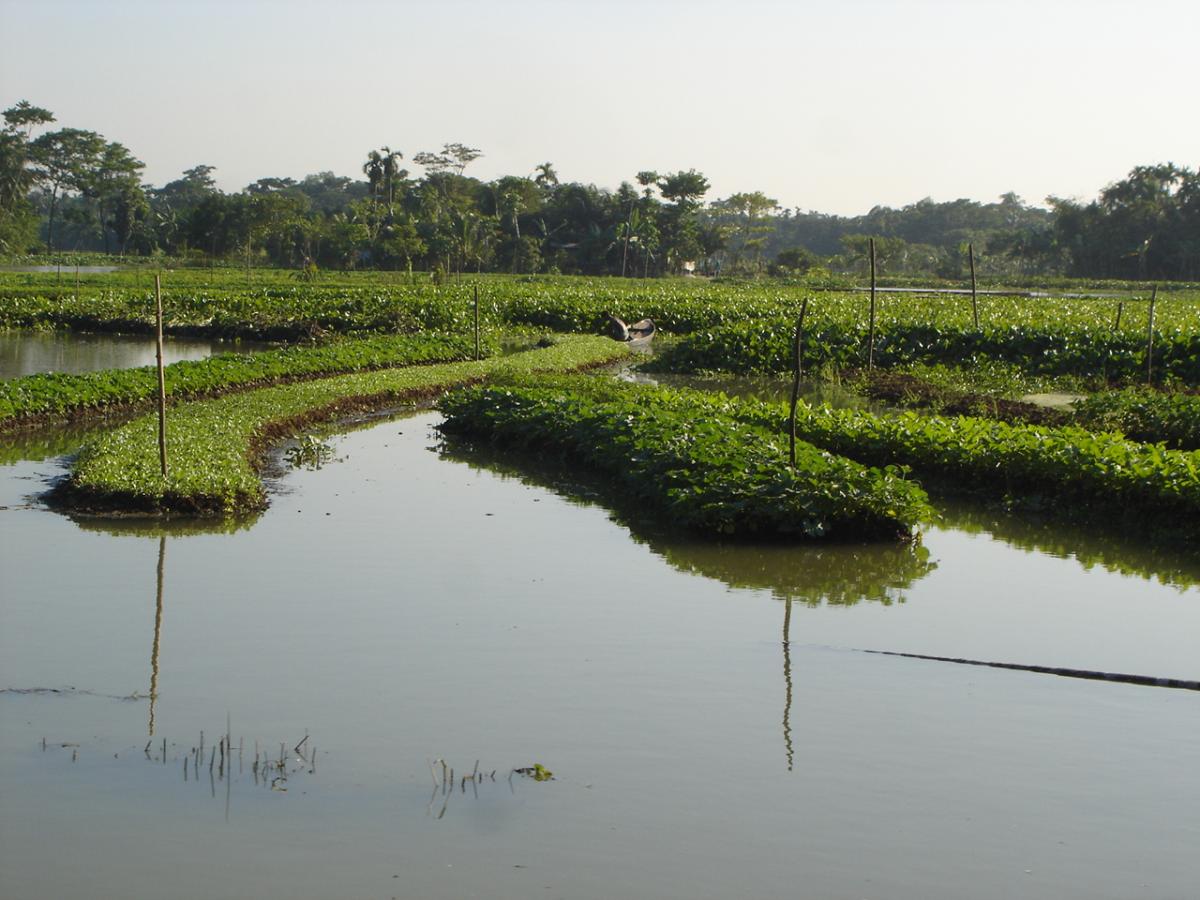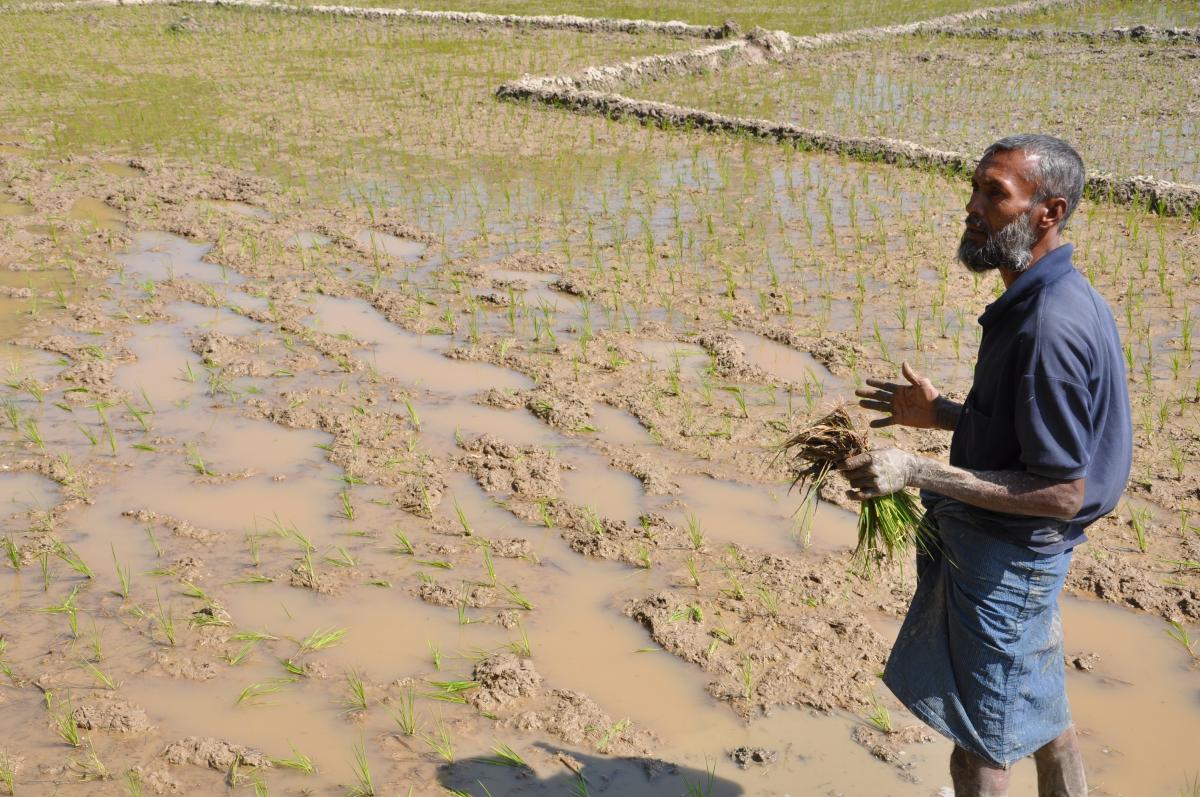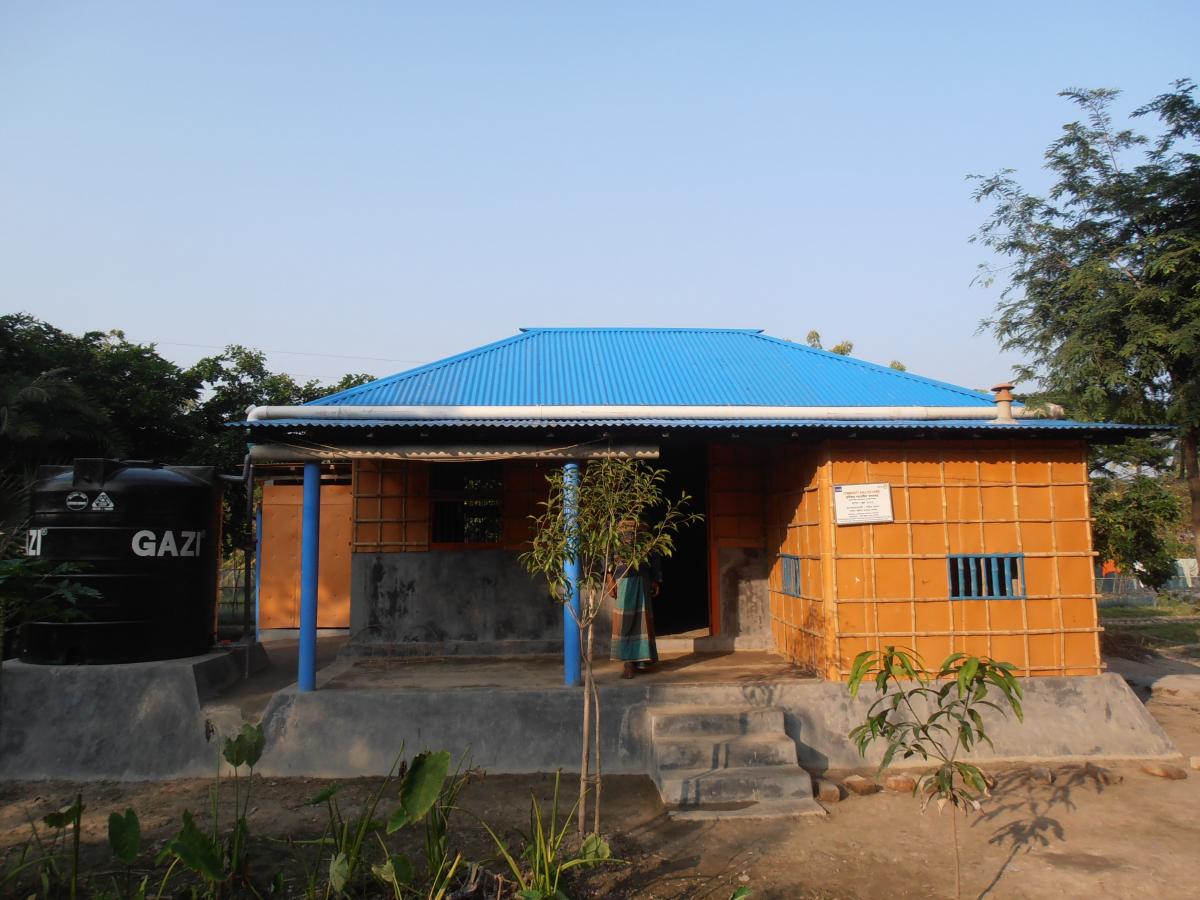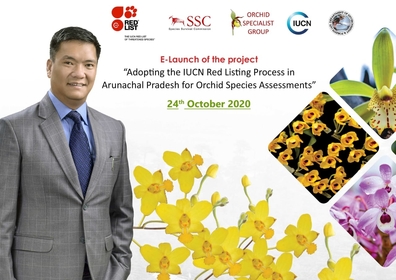What can climate change response teach us about human-elephant conflict management?
Apparently unrelated, there are some similarities between responding to climate change and managing human-elephant conflicts. To make human-elephant conflict obsolete in Bangladesh, its management could learn a few things from our responses to climate change, writes Haseeb Md. Irfanullah of IUCN Bangladesh.
The earth’s climate has rapidly been changing over the recent decades because of our carbon-based development and destruction of nature. We have three major responses to that change.
Responses to Climate Change
First, if we want to deal with the root cause of the problem, we need to reduce carbon emissions drastically, and as soon as possible, a response we call ‘climate change mitigation.’ To get that, we need technological and financial innovations to transform our development journey into a low carbon one. A country or individual societies alone would not be able to make such a shift with world-wide impacts. We need a global agreement on how to do it, in the shortest possible time, playing our roles as nations.
While we continue combining our development aspirations with low-carbon growth, the world continues to warm up. As a result, seasons shift, natural disasters intensify and become more frequent and the weather becomes unpredictable, affecting our food, water, shelter, forests, health and livelihoods. To reduce the negative impacts of those changes, we try to adjust to them by taking up alternative options. This second response is called ‘climate change adaptation.’ Once again, innovation and technology play an important role – be it inventing salt-tolerant crops, catching rain-water to drink, building safer houses or improving governance and planning processes that address issues in the long-term.
There are, however, situations when adaptation does not work and we face ‘loss and damage.’ Loss happens when negative impacts of climate change cannot be restored. On the other hand, when damage occurs, restoration is possible. Both extreme weather events such as cyclones and slow-onset events such as sea-level rise can cause loss and damage to vulnerable nations. By improving risk assessment, building risk management capacities, and investing in technology development and financing mechanisms such as climate insurance and compensation, loss and damage could be reduced – our third response to the climate crisis.
Human-Elephant Conflict and Climate Change
Human-elephant conflict takes place when the boundaries of human activity and elephant ranges overlap. As humans destroy elephant habitats or block elephant movement routes and corridors, elephants and humans come face to face. Such conflicts are now common in almost all elephant ranges, Africa and Asia alike, causing injuries and deaths on both sides and destruction of crops and infrastructure.
Like climate change mitigation, we need to address the root cause of human-elephant conflict. It is important to stop further destruction of elephant habitats and to improve and expand those habitats with suitable plantations so that there is enough food and shelter for the elephants. The other vital step is to restore degraded elephant corridors by removing barriers, like human settlements and roads, to ensure natural movement of elephants between adjacent forests. In many cases, these actions cannot be taken by wildlife departments or local administrations alone, but need coordination and cooperation among agencies within a country. Sometimes transboundary cooperation becomes necessary for permanent solutions, as seen in the case of Bangladesh-India.
Similar to climate change adaptation, we need to adapt to the current situation of human-elephant conflict to reduce potential damages, as tackling the root cause takes time. We can put guards on watch or install trip alarms, both acting as early warning systems when elephants roam nearby. We can put electric fences and bio-fences (made of thorny plants) around our crop fields and settlements so that elephants cannot harm us or destroy our assets. We can chase away elephants with flashing lights or by making loud noise. We can cultivate alternative crops that elephants don’t like, such as chilli and bitter gourd, thus reducing our financial loss.
Like community-based adaptation, it is also important to involve the people getting affected by human-elephant conflict in conflict management, by motivating them, by organising them, and by equipping them with knowledge and technology so that they can effectively adapt to any dire situation.
Similar to our response to climate-induced loss and damage, we need to have mechanisms, like compensation, victim relief, or insurance, if people get killed or hurt by elephants while outside forest areas. Bangladesh, for example, has a compensation policy for human deaths and injuries caused by elephants, tigers and crocodiles. Such payments also cover loss and damage to property, livestock, and crops.
What to learn from climate change experiences?
To tackle the climate crisis, we needed to take action at the global scale. Occasional setbacks aside, we have seen that over the past two decades − from the United Nations Framework Convention on Climate Change (UNFCCC) to the Paris Agreement – political will and commitment from global leaders turns into legislation, which turns into concrete plans, which turns into implementation. Similar chains of actions are seen in climate vulnerable countries, like Bangladesh, where the Bangladesh Climate Change Strategy and Action Plan is being implemented with national institutional and funding arrangements.
Needless to say, frequent media reports on human fatalities from elephant attacks undermine our biodiversity conservation work. It widens the gap among the policy makers, the conservationists, and the people living within elephant ranges. Therefore, the chain of committed actions we see in climate change is needed to minimise human-elephant conflicts.
We have the Bangladesh Elephant Conservation Action Plan 2016−2025 in hand. We now need political commitment and resources to implement that plan. Drastic measures are needed to restore the elephant corridors by removing people and structures. We need large-scale plantation programmes to improve our forests, accompanied by rigorous monitoring. We need transboundary actions with our neighbours to improve the elephant ranges we share. We need technological innovation to reduce the negative impacts from elephant attacks. At the same time, we need to continue compensating human loss and damage from human-elephant conflict, through quicker assessment and decision making.
We are in desperate times, and to ensure human-elephant coexistence and to save our last elephants, we need desperate measures.
This blog post was contributed by Haseeb Md. Irfanullah, Programme Coordinator for IUCN Bangladesh. Haseeb tweets as @hmirfanullah
